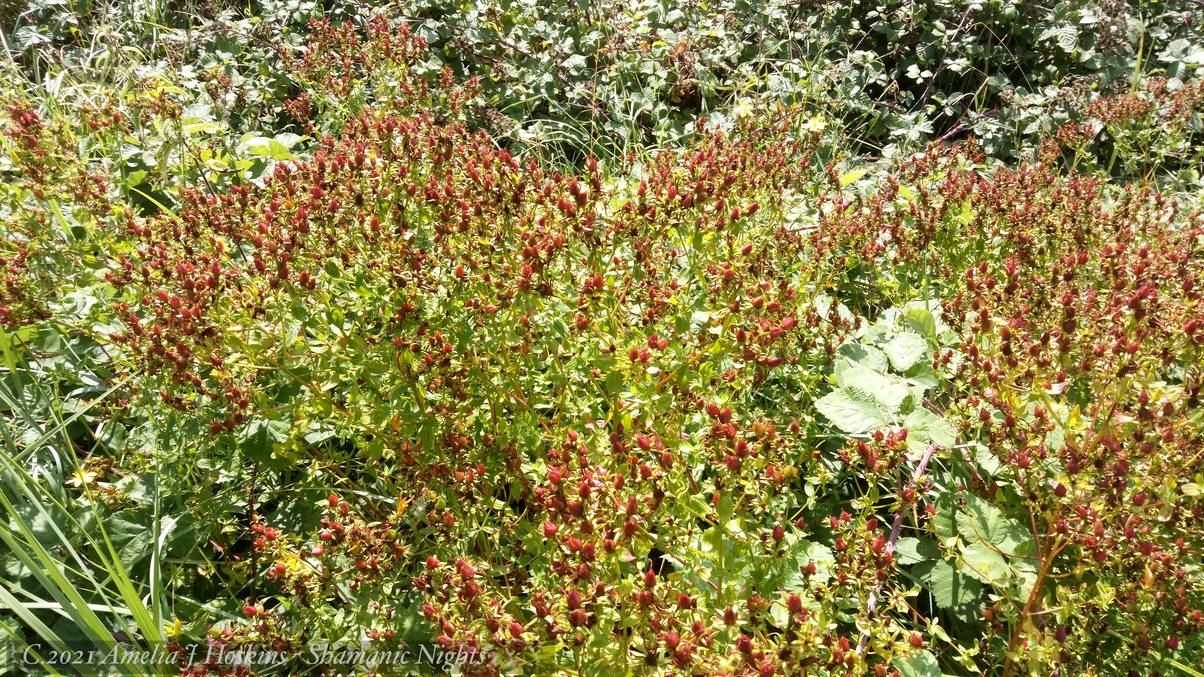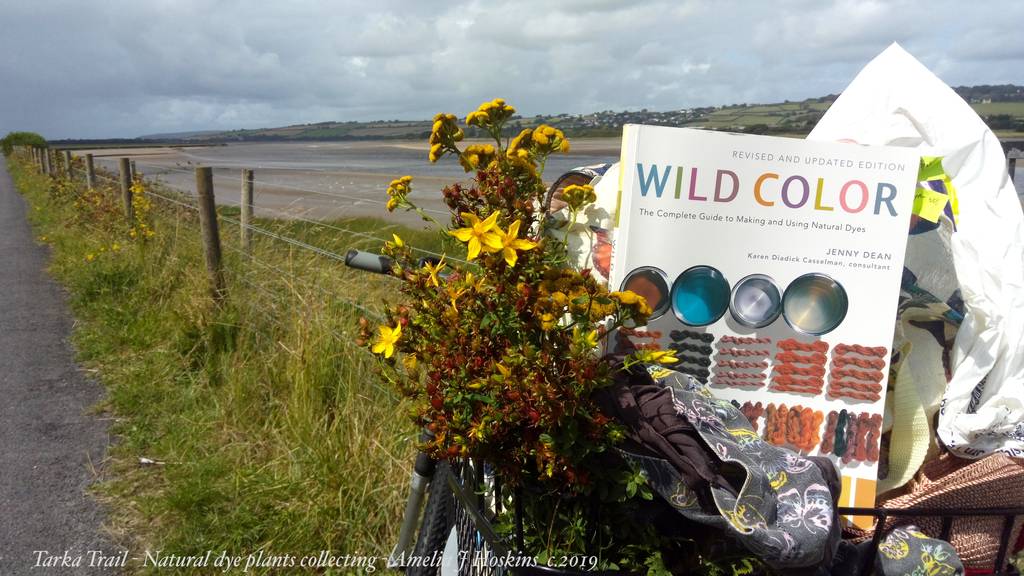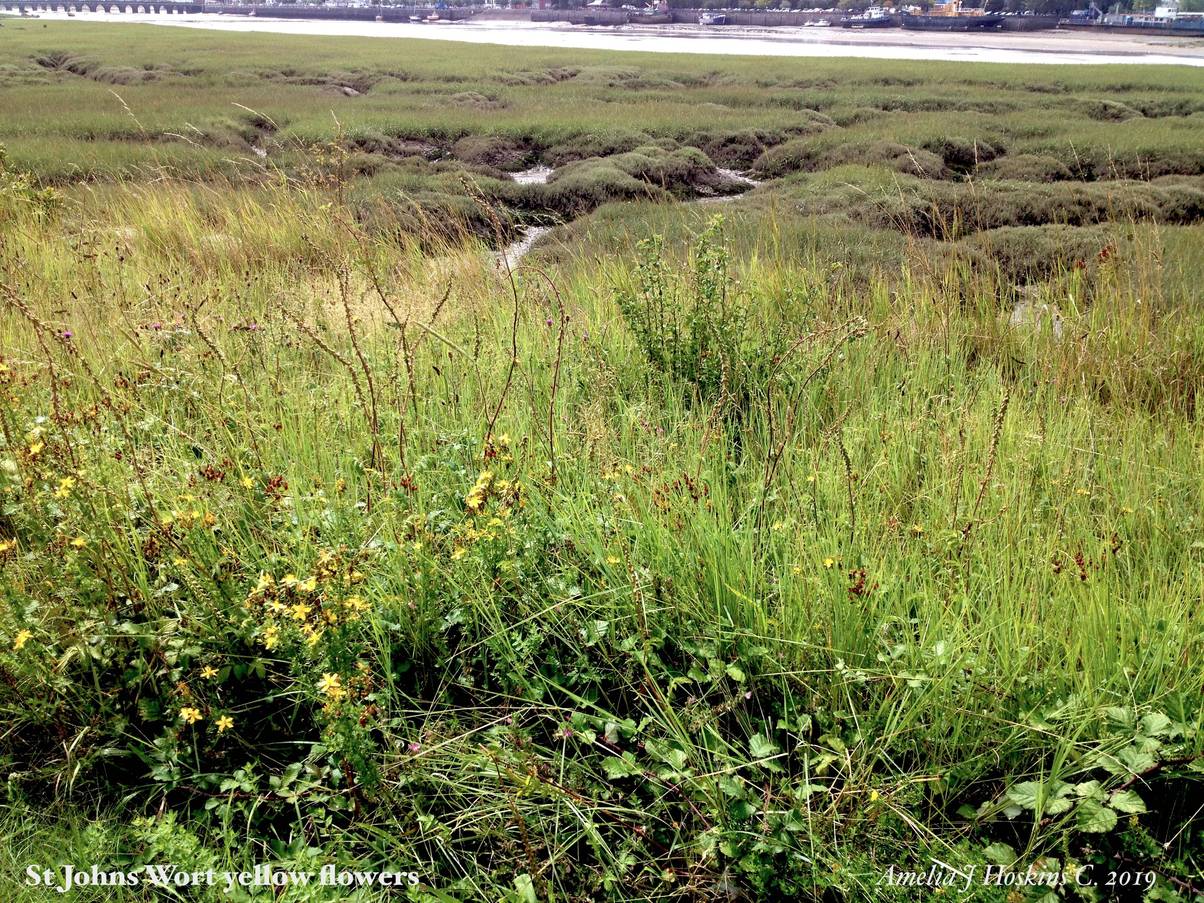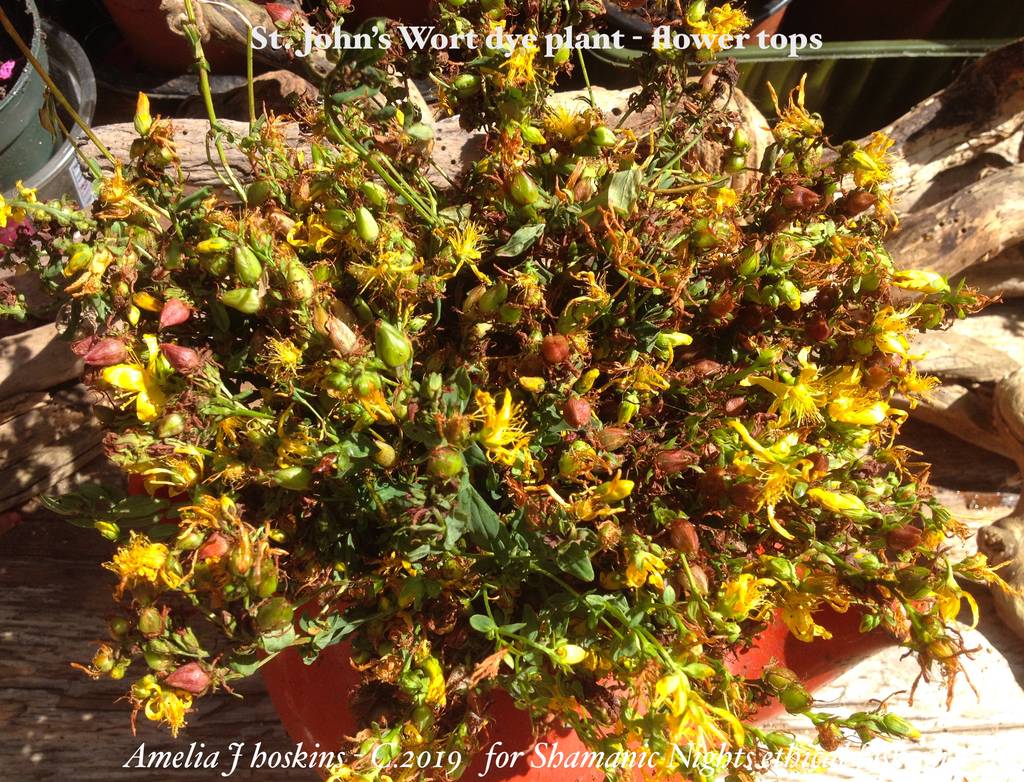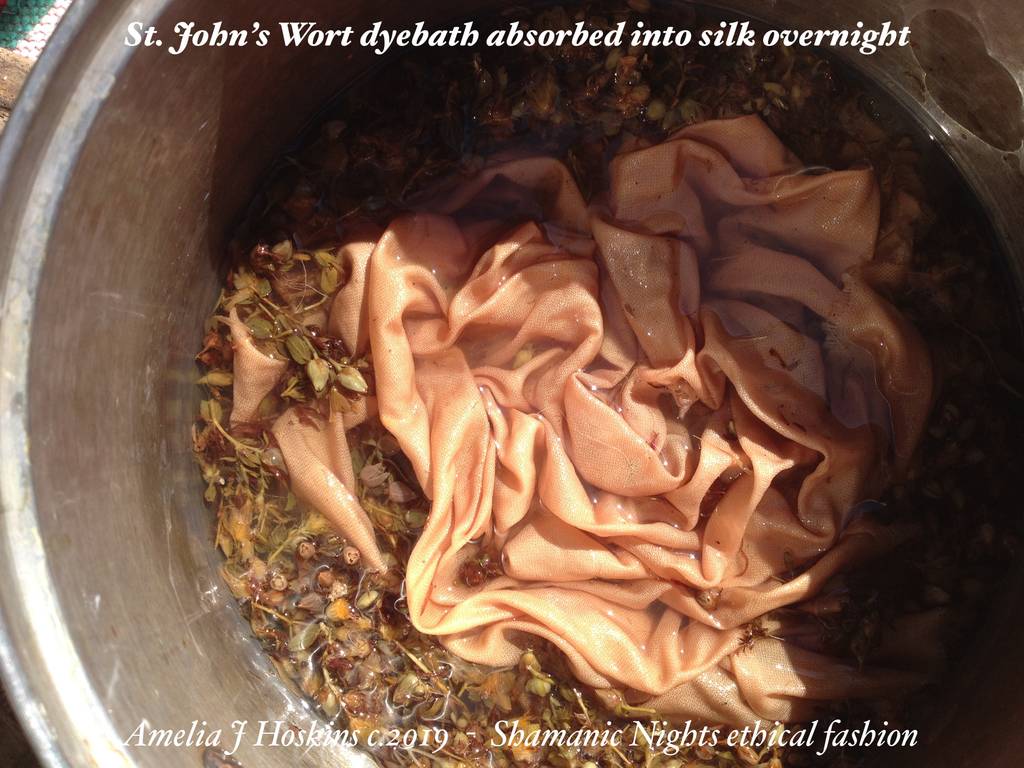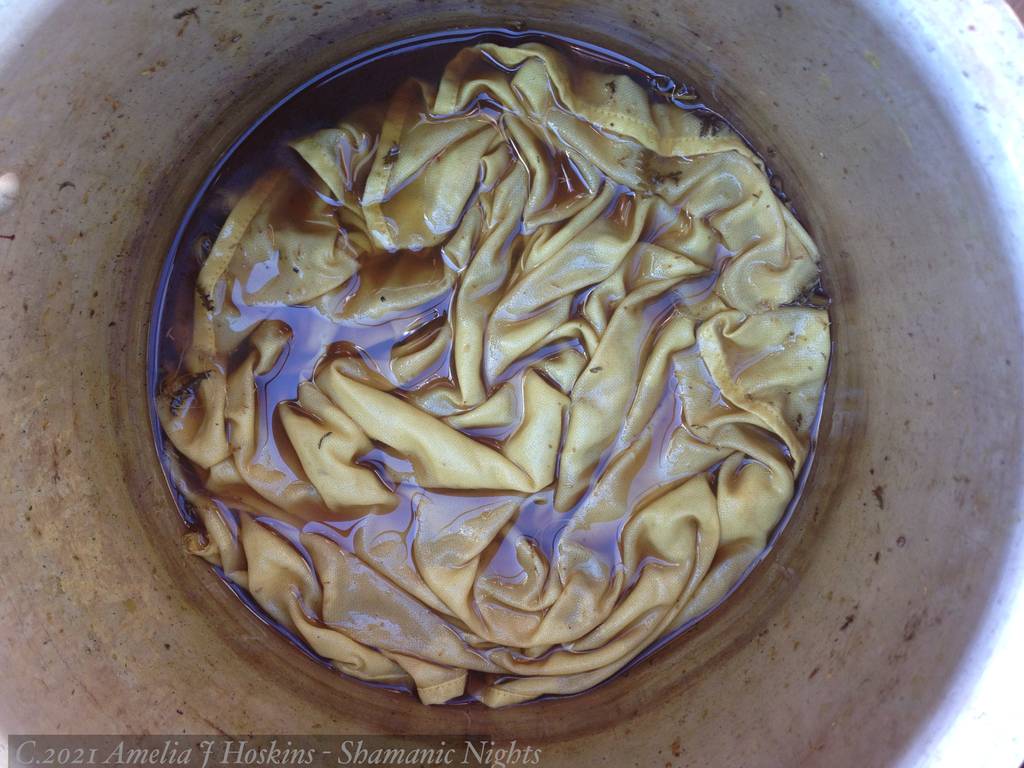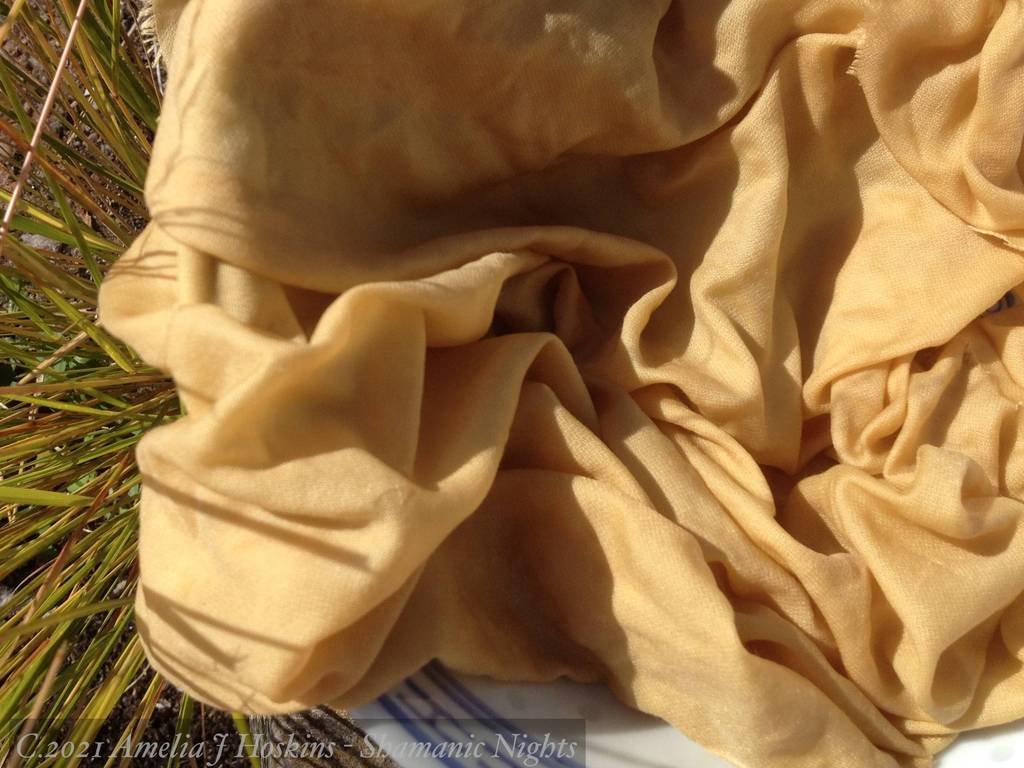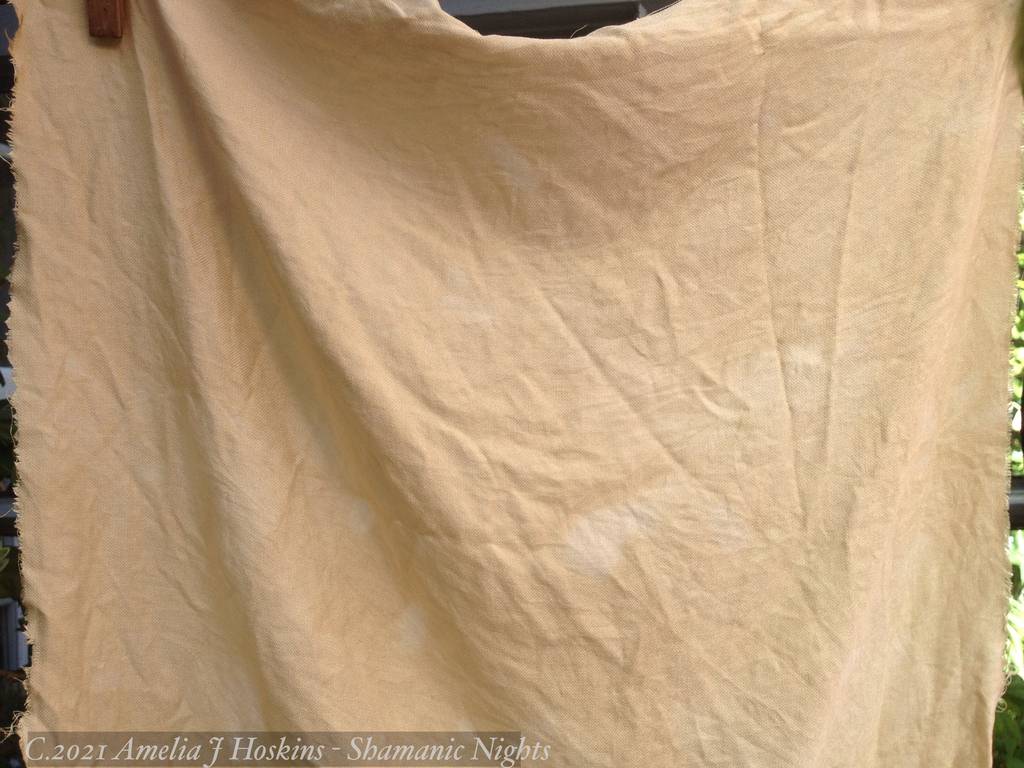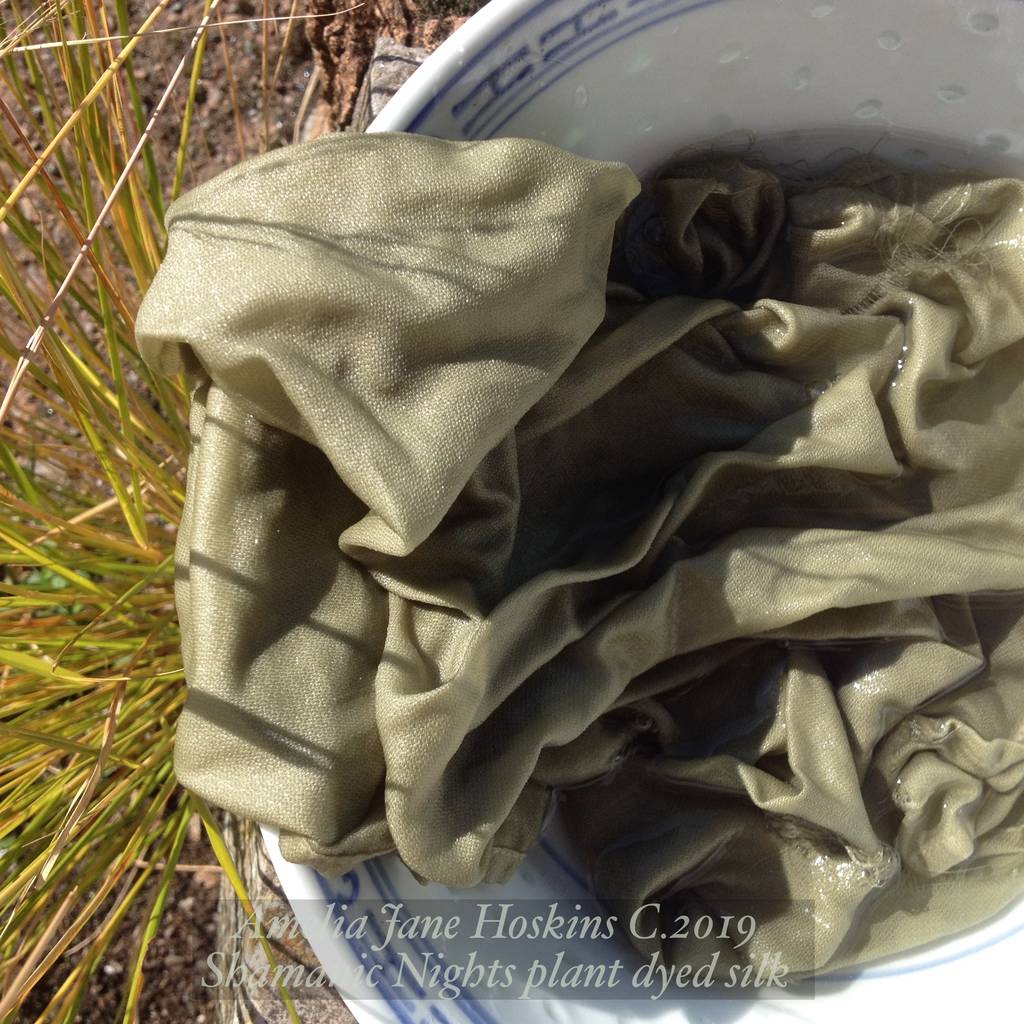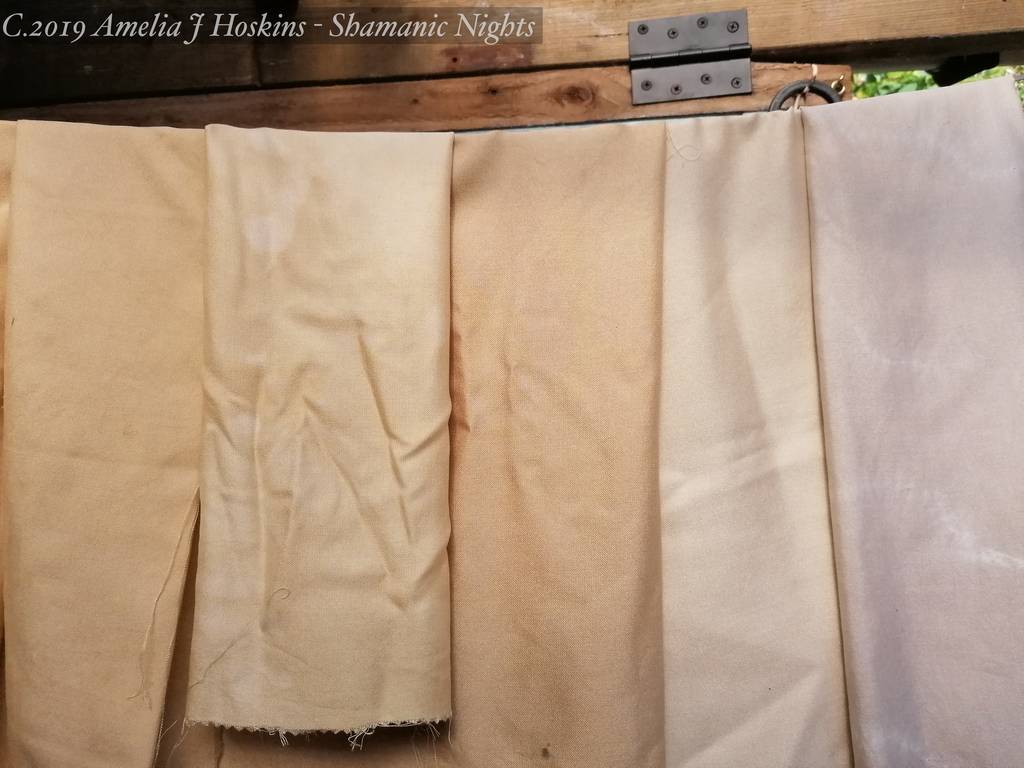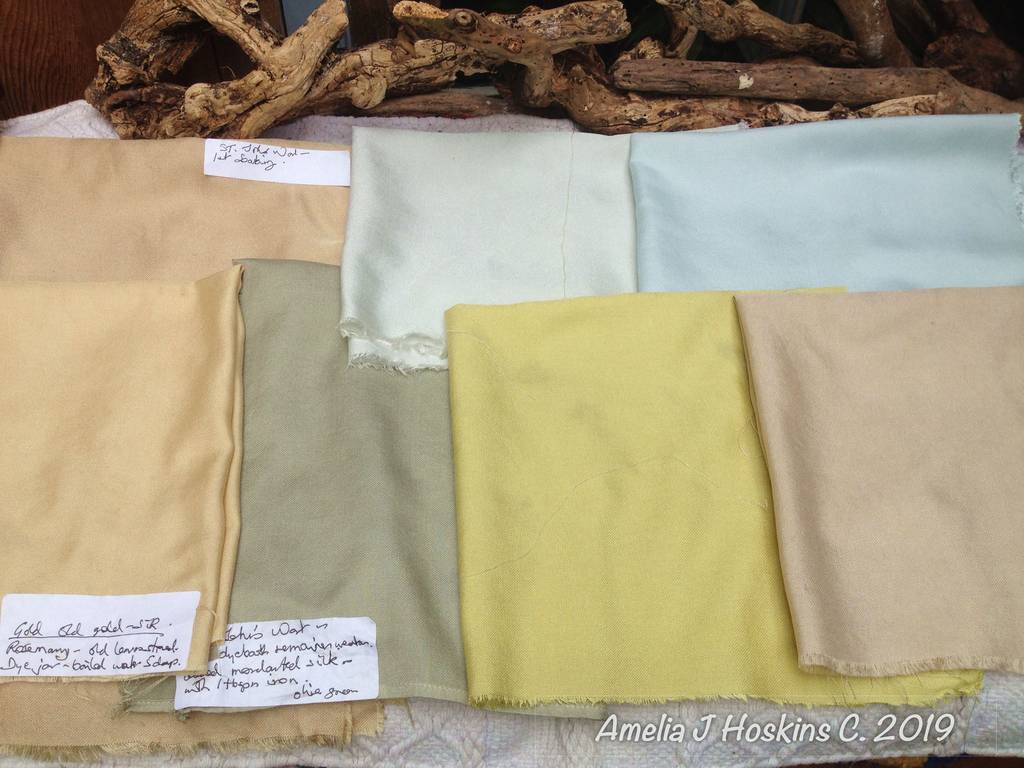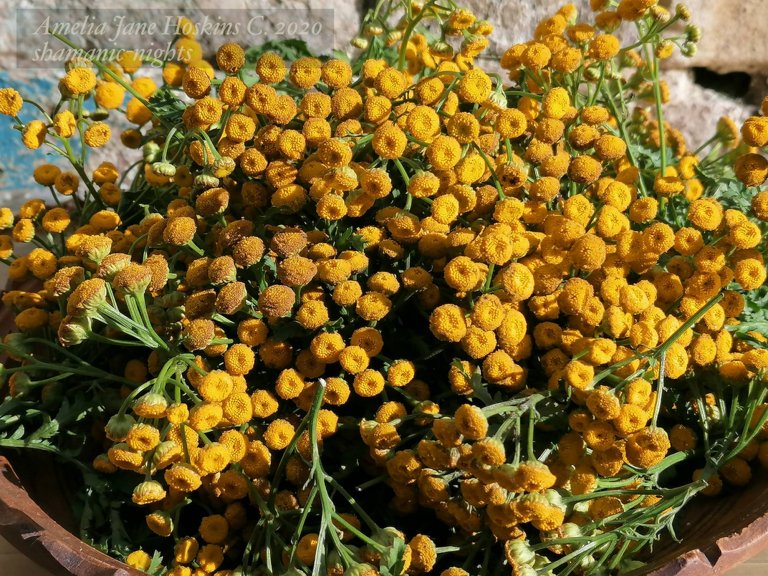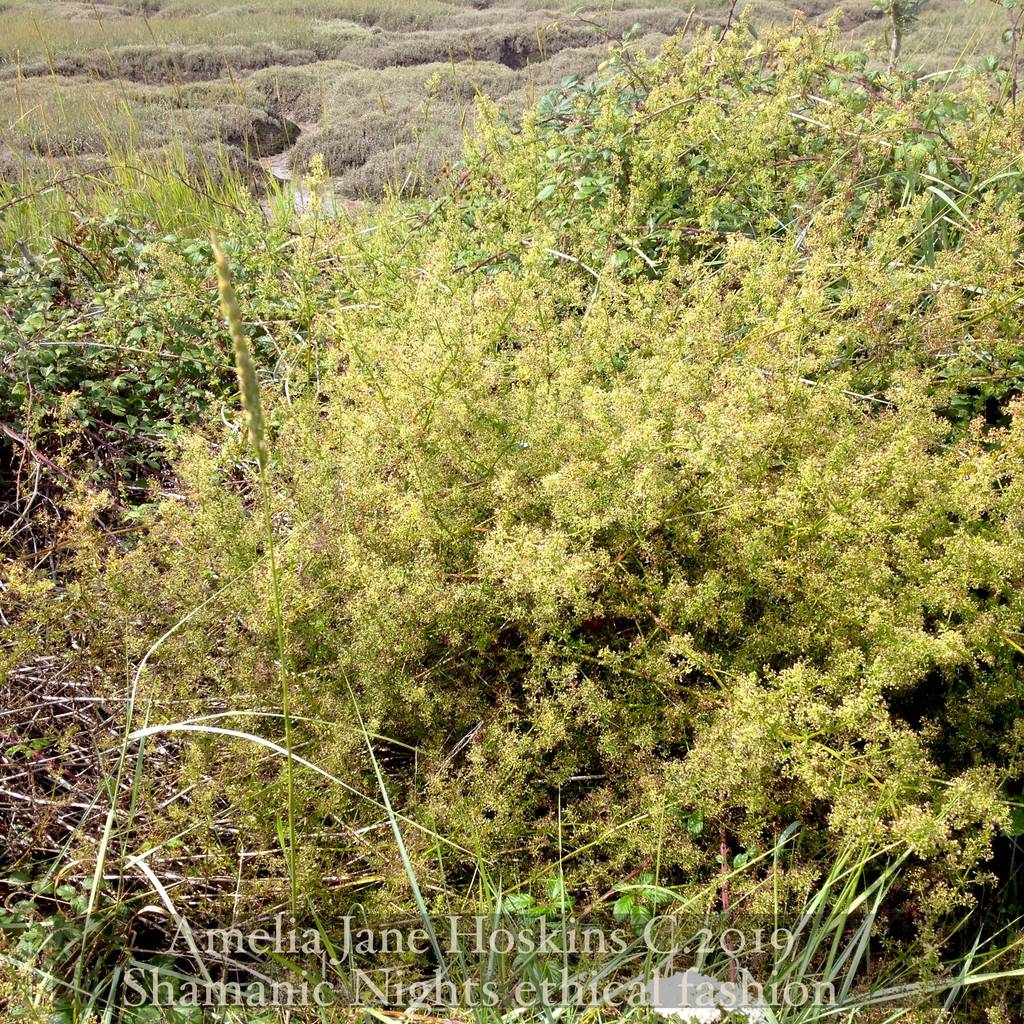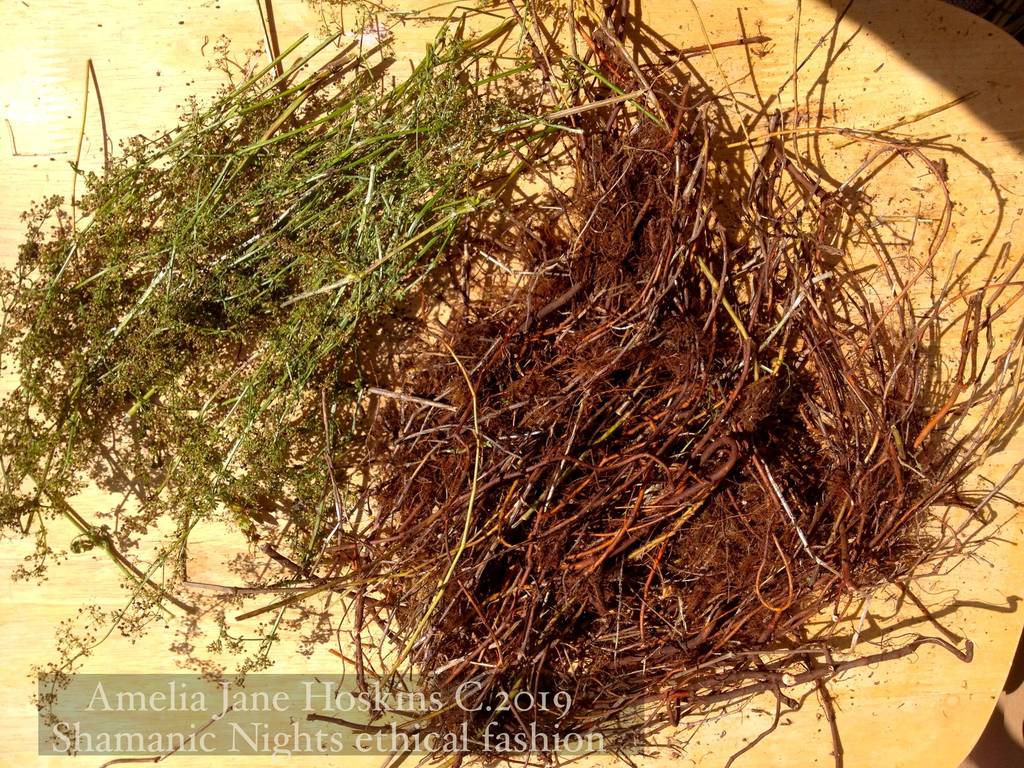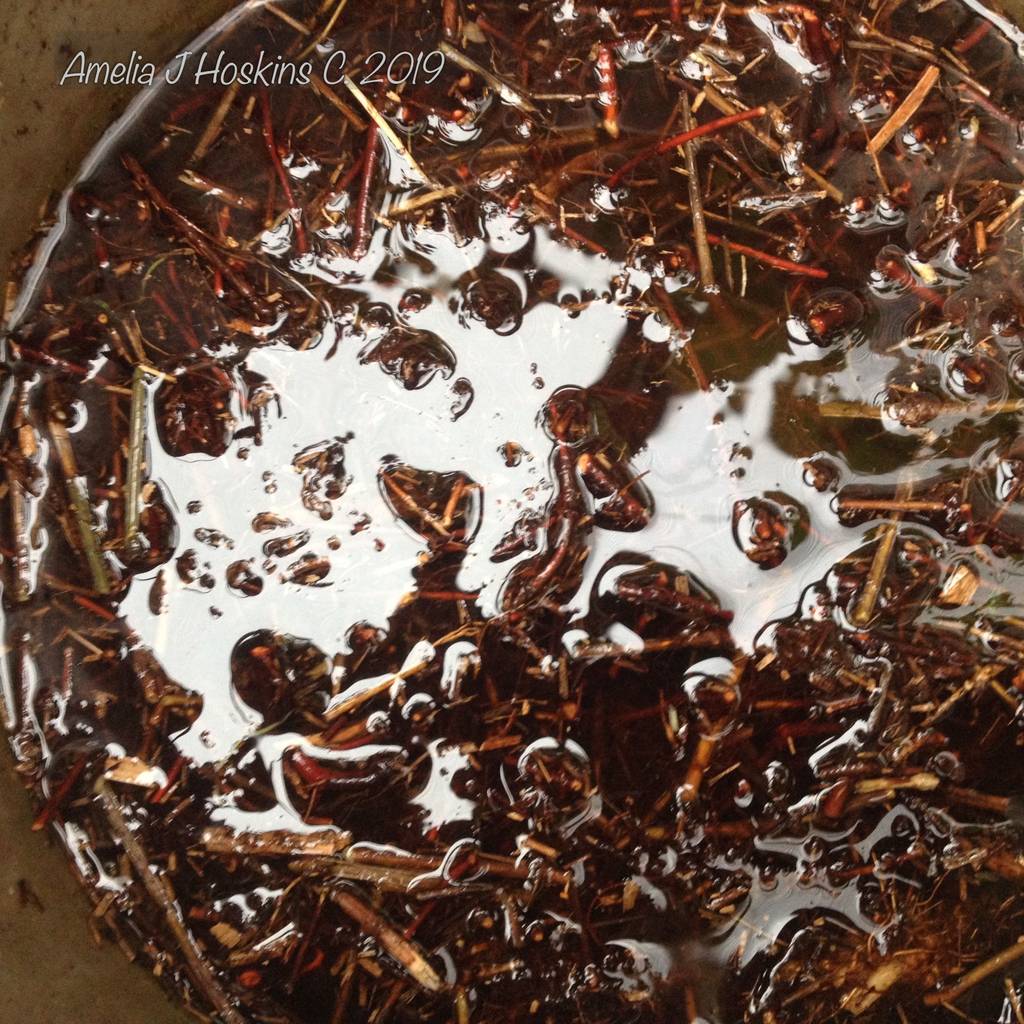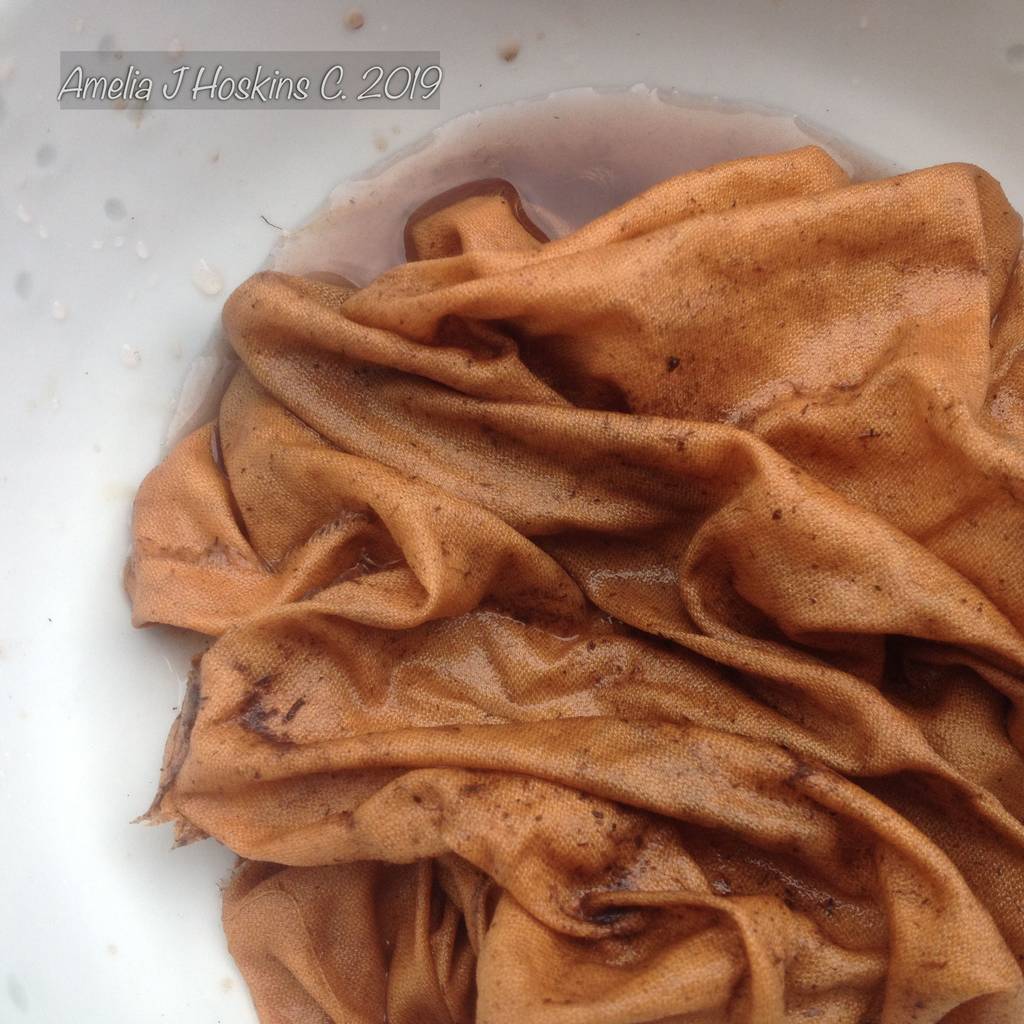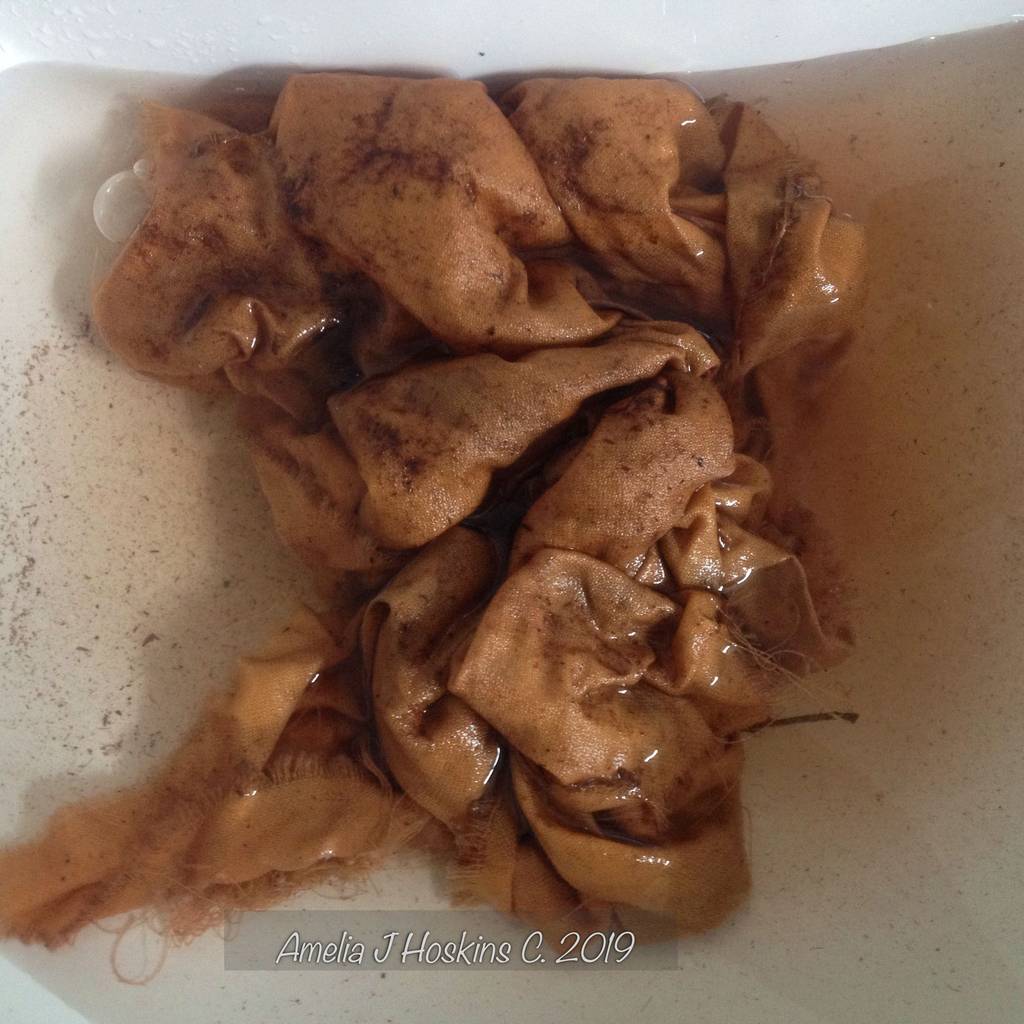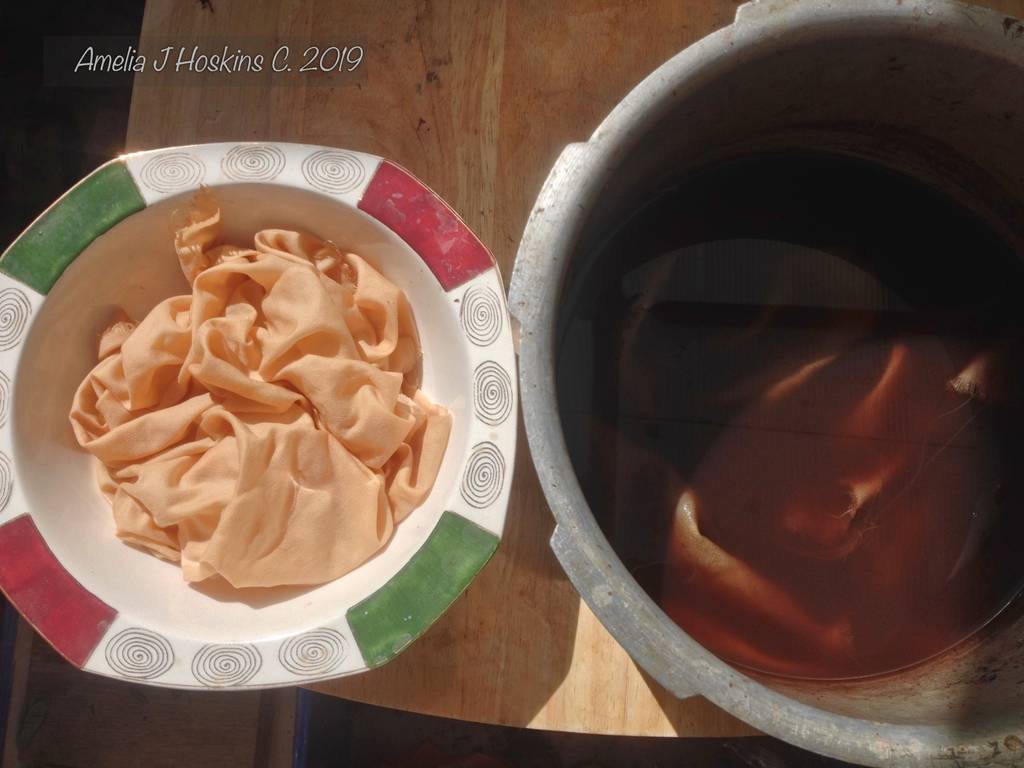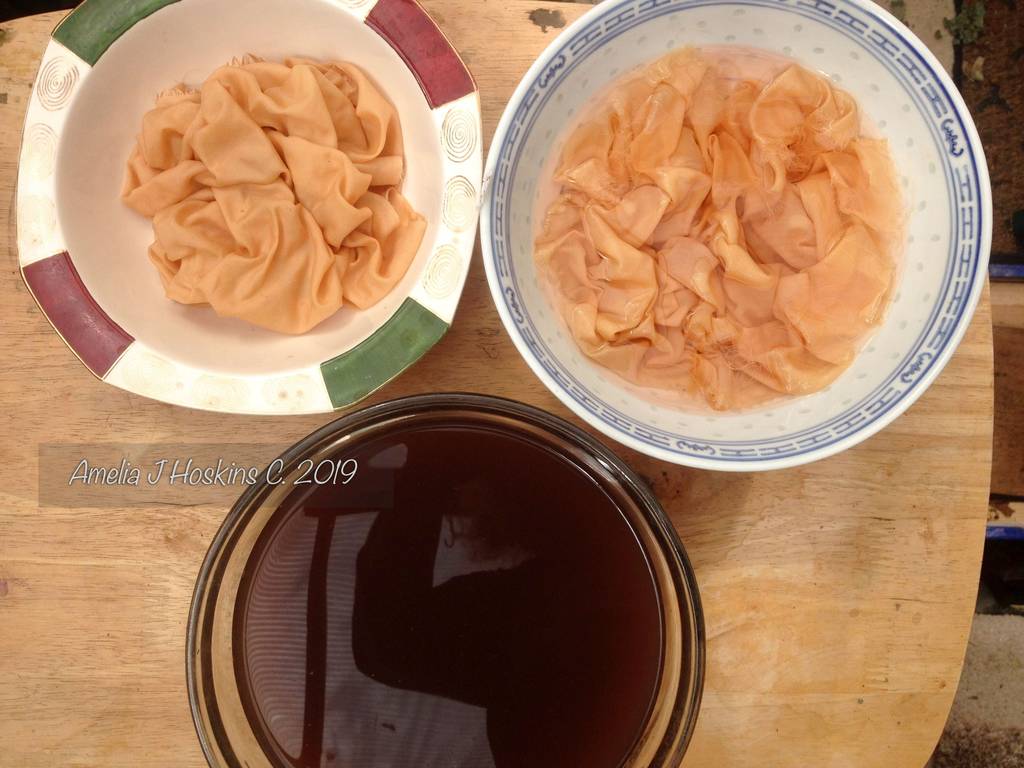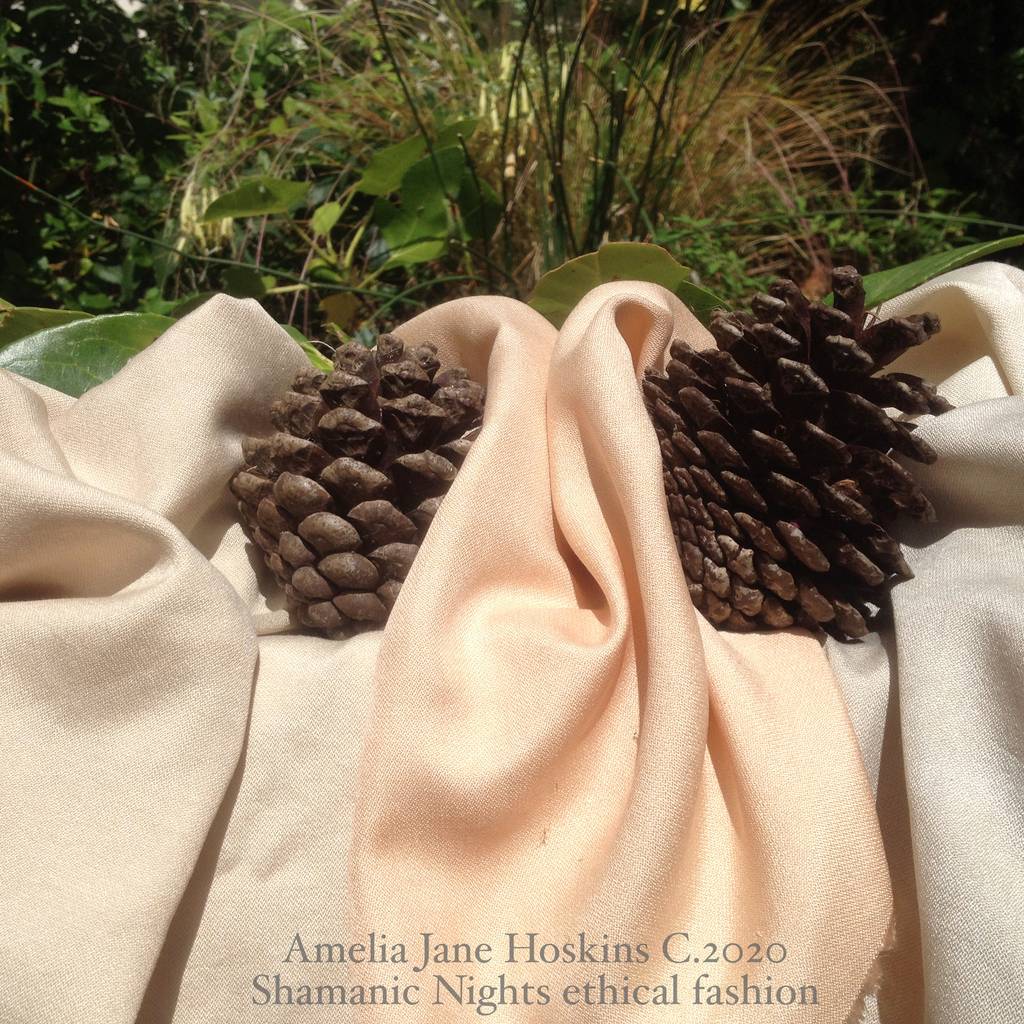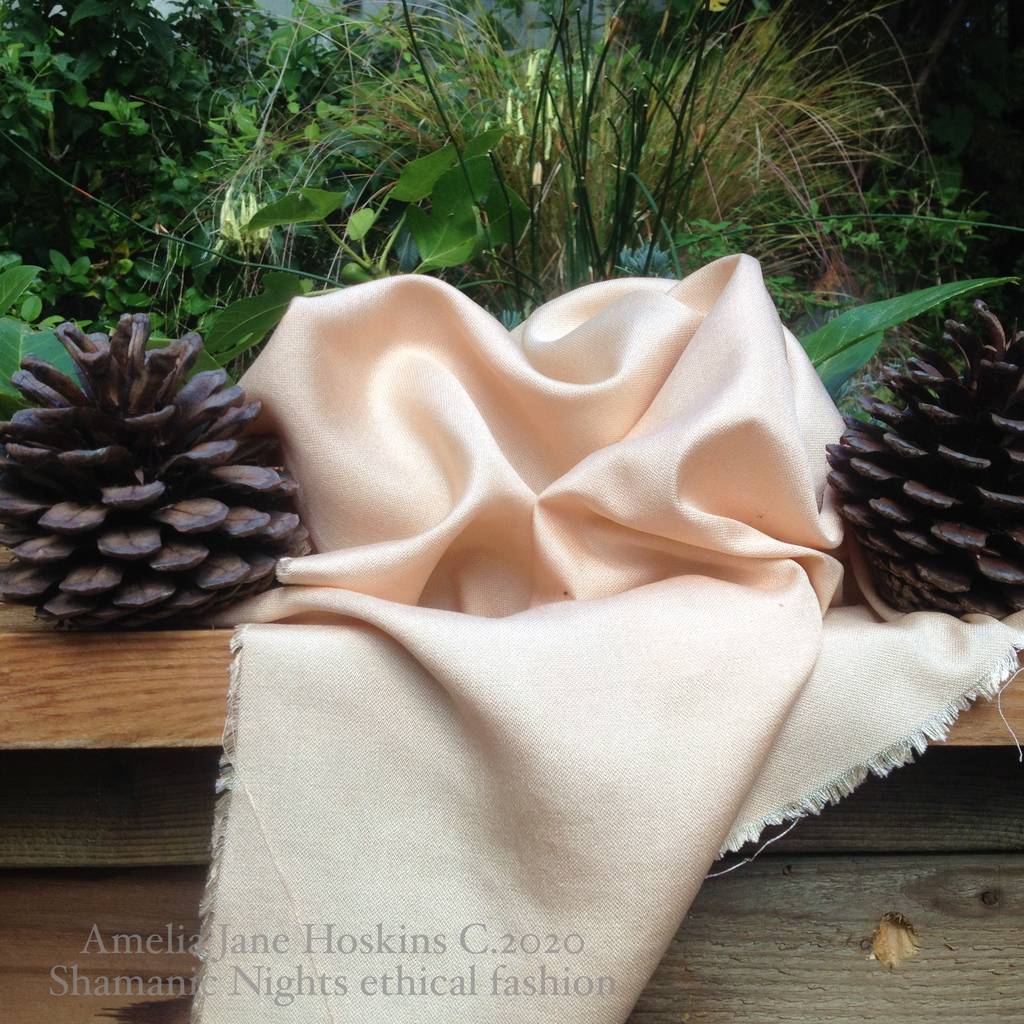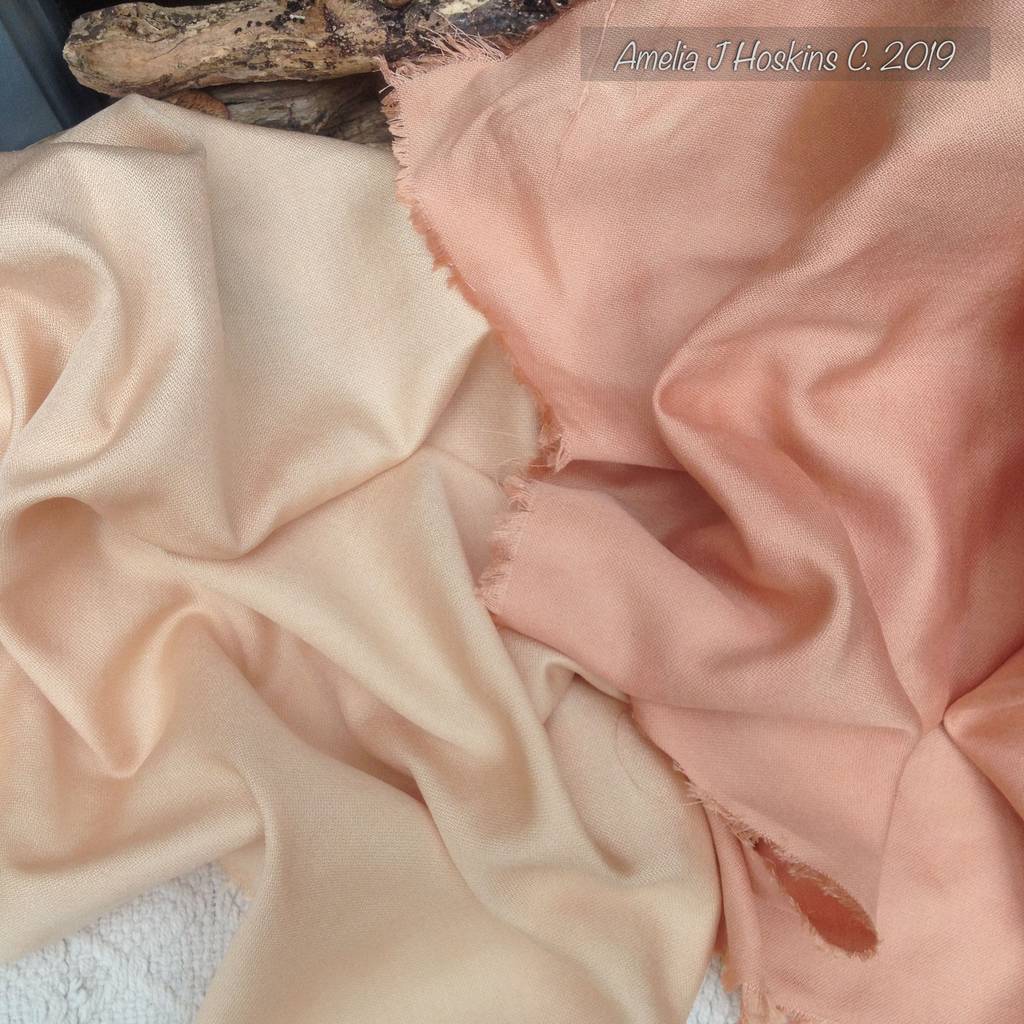14
Aug
St-Johns Wort Plant Collecting and Dye Bath
Foraging along the Tarka Trail
Yellow Flowers of St. John's Wort are found along grass verges. Many changed to orange seed buds, which helps identify them from other yellow flowers and which may be attributable to the golden colour result.
Collecting Dye Plants (St. Johns Wort in basket) along a decommissioned rail track Barnstaple to Bideford: my 10 mile foraging route using Jenny Dean's plant spotter book. Late summer finds many of the traditional dye plants along grass verges.
St Johns Wort - Dye Bath Process
- Soak flower tops and seed buds overnight in rain water. I use pond water.
- Boil up and simmer for an hour. Press fibres with potato masher. Remove from vessel.
- When cool enough not to roughen silk, add and soak silk, stirring occasionally.
- Colour appears soon, but leave overnight to absorb dye colour fully.
- First silk takes most dye pigment.
1st Woad Dye Session
2nd Woad Dye Session
- Most pigment its taken up with 1st session, but there is always some left. Remove 1st silk piece.
- Add dyestuff again and heat and simmer dye bath for 15 mins.
- When cooler than hand hot, add 2nd piece of silk and leave overnight, to absorb all dye pigment.
- Second soak actually used up remainder of dye pigment leaving water clear, with paler silk result.
3rd Dye Session- Iron Modifier
Use remaining dye liquid to add iron (ferrous sulphate) for a greyer or greener result. Colour mix is involved: cream dyes will turn pale grey, the stronger orangey St. John's Wort dye produced green-grey. Other dye baths may produce a pale grey/dull brown results. Iron can be added by a little rusty water, made by soaking rusty nails in a jar. Small amount needed to tip the colour. Avoid using too much as iron can weaken silk fibres.
Hand Dyed Silk Samples
- LEFT: Rosemary - St. Johns Wort Light/St. Johns Wort strong gold - Comfrey Light - Comfrey Dark
- RIGHT: Top left St. Johns Wort gold, Green/St. Johns Wort iron modified contrasting with the other natural dye results.

